The Ancient Secret of Magnolias: Why Beetles Are Their Chosen Pollinators
Yet behind their elegant appearance lies a fascinating secret — magnolias are pollinated not by bees or butterflies, but by beetles. This surprising fact traces back over 100 million years, to an age before bees even existed. Understanding this ancient partnership sheds light on the evolutionary history of flowering plants and the incredible adaptability of nature’s designs.
The ancient origins of magnolia pollination
To truly grasp the unique bond between magnolias and beetles, we must travel back to the early days of the Cretaceous period. During this era, flowering plants were still new to the planet, and many of today’s familiar pollinators, like bees and butterflies, had not yet evolved. Beetles, however, were abundant. They roamed prehistoric forests, feeding on pollen and plant tissue, and in the process, they inadvertently transferred pollen between flowers.
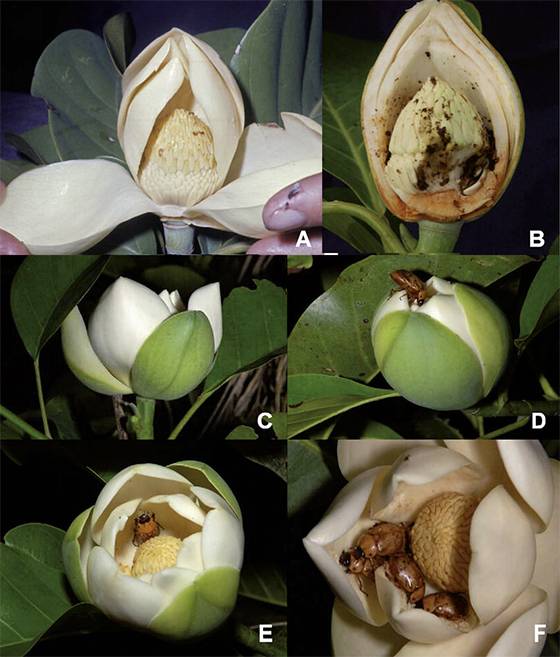
Magnolias, among the earliest flowering plants to appear, adapted perfectly to these beetle visitors. Their floral structures evolved to attract and endure the rough handling of these ancient insects, setting the foundation for a pollination relationship that has endured for over 100 million years. Fossil records even suggest that magnolias have changed very little since that time, making them true living relics of Earth’s botanical history.
How magnolia flowers adapted to beetle pollination
Unlike delicate flowers that cater to light and nimble bees, magnolias developed tough, sturdy blooms capable of withstanding the heavy movements of beetles. Their thick, leathery petals are not just beautiful — they are built for durability. Beetles, which often crawl inside flowers and sometimes chew on floral parts, would easily destroy thinner petals. The magnolia’s strong design ensures its reproductive organs remain protected, allowing successful pollination even after multiple beetle visits.
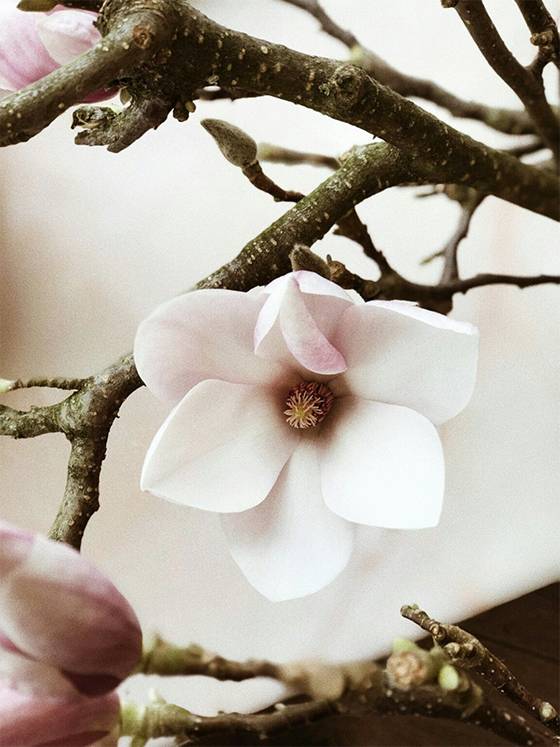
Magnolia flowers also produce a generous amount of pollen, which serves as both a reward and a lure. Since beetles do not collect nectar in the same way bees do, pollen becomes their primary food source. By providing abundant pollen, magnolias encourage repeated beetle visits, increasing the chances of pollen transfer between flowers.
Furthermore, magnolias often release strong, fruity, or slightly spicy scents that attract beetles from a distance. Their creamy white or pink petals are visually striking, and some species bloom in the evening or at night — a time when beetles are particularly active. This perfect blend of scent, color, and structure demonstrates a remarkable evolutionary strategy shaped by millions of years of coadaptation.
Why magnolias never transitioned to bee pollination
As evolution continued, many plant species adapted to new pollinators like bees and butterflies, which were more efficient and less destructive. Yet magnolias remained loyal to their ancient allies. This is partly because their ecological niche and floral structure had already been optimized for beetle pollination. Shifting to bee pollination would have required significant changes to their anatomy and chemistry — an unnecessary risk for a system that already worked perfectly.
In modern ecosystems, this ancient strategy still serves magnolias well. Beetles continue to play a crucial role in their reproduction, particularly in regions where magnolia species remain native, such as southeastern North America, East Asia, and parts of South America. This unbroken lineage of beetle pollination connects today’s magnolias directly to their prehistoric ancestors.
Magnolias as living links to the past
The enduring relationship between magnolias and beetles offers more than just a glimpse into evolutionary history — it serves as a reminder of life’s resilience and interdependence. Each magnolia bloom tells a story that began long before humanity appeared, when the first flowering plants began experimenting with ways to reproduce.
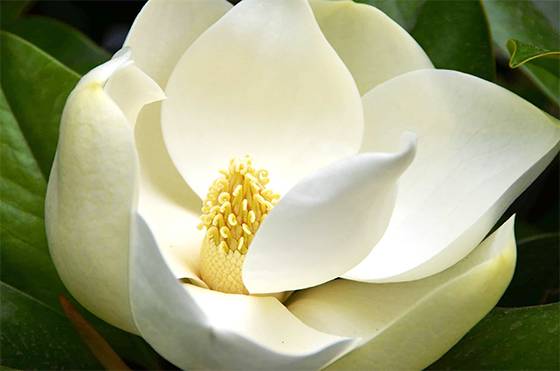
When you stand beneath a blooming magnolia tree, breathing in its sweet fragrance and marveling at its perfect symmetry, you’re witnessing a living fossil in action. The same evolutionary mechanisms that guided these ancient flowers millions of years ago continue to shape them today. Their success across the ages reflects nature’s genius for adaptation and balance.
A timeless partnership in bloom
The pollination of magnolias by beetles is more than a botanical curiosity — it’s a window into the deep history of life on Earth. This enduring alliance highlights the beauty of evolutionary persistence and the intricate relationships that connect plants and insects. Magnolias remind us that even the most familiar flowers can hold ancient secrets, whispering stories from a time when dinosaurs roamed and beetles ruled the floral world.

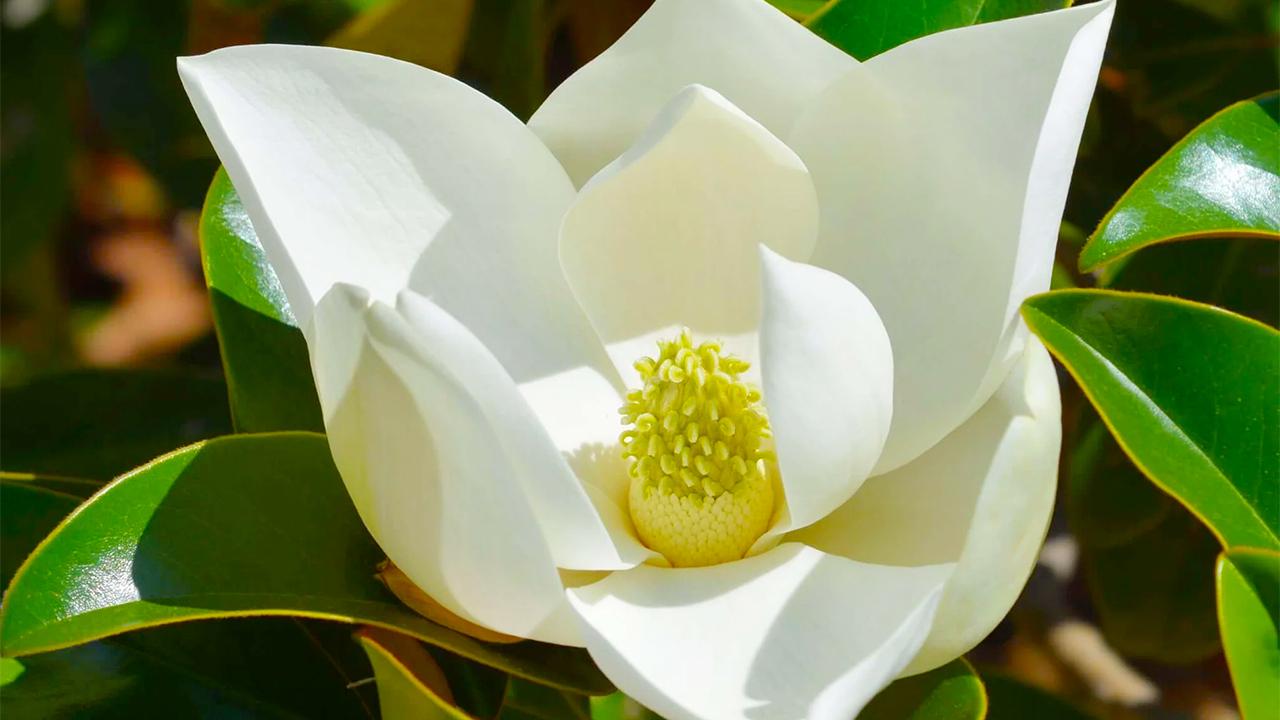
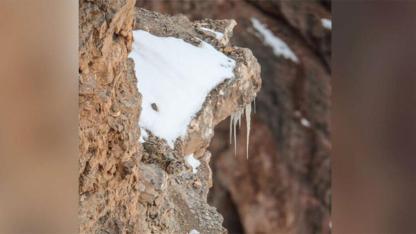
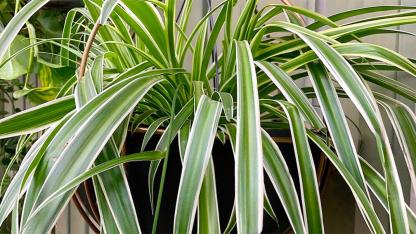


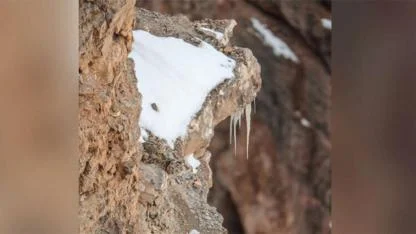
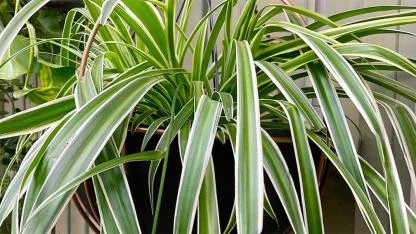



Yorumlar
Kalan Karakter: